Introduction
Twisted polypropylene rope is one of those unsung heroes that quietly does its job in a myriad of applications. Whether you’re out on the water, setting up a campsite, or working in an industrial setting, there’s a good chance you’ve encountered this versatile rope. But what makes it so special? Let’s dive into the world of twisted polypropylene rope and uncover its secrets.
What is Twisted Polypropylene Rope?
Composition and Characteristics
Twisted polypropylene rope, as the name suggests, is made from polypropylene, a type of plastic polymer. This rope is constructed by twisting multiple strands of polypropylene fibers together, resulting in a strong and durable product. It’s known for being lightweight, resistant to chemicals, and buoyant, making it an ideal choice for various applications.
Manufacturing Process
The manufacturing process of twisted polypropylene rope involves extruding the polypropylene into fibers, which are then twisted together to form strands. These strands are further twisted to create the final rope. This process not only gives the rope its strength but also its characteristic flexibility and resistance to abrasion.
Key Features of Twisted Polypropylene Rope
Strength and Durability
One of the standout features of twisted polypropylene rope is its strength. It can handle significant loads without breaking, making it a reliable choice for tasks that require durability. Its twisted design adds to its robustness, distributing tension evenly across the rope.
Lightweight Nature
Despite its strength, twisted polypropylene rope is incredibly lightweight. This makes it easy to transport and handle, whether you’re using it in a marine environment or for camping. The lightweight nature also contributes to its buoyancy, a critical factor in water-based applications.
Resistance to Chemicals and Moisture
Polypropylene is inherently resistant to many chemicals and moisture. This means that the rope won’t degrade quickly when exposed to harsh environments, making it suitable for outdoor and industrial uses. It’s particularly advantageous in marine settings, where saltwater and other corrosive substances are prevalent.
Common Uses of Twisted Polypropylene Rope
Marine Applications
Twisted polypropylene rope is a staple in marine environments. Its buoyancy ensures it stays afloat, and its resistance to saltwater corrosion makes it ideal for mooring lines, anchor lines, and fishing nets.
Outdoor and Recreational Uses
Campers, hikers, and outdoor enthusiasts often rely on twisted polypropylene rope. It’s used for setting up tents, securing gear, and creating makeshift clotheslines. Its versatility and lightweight nature make it a go-to for many outdoor activities.
Industrial and Commercial Applications
In industrial settings, twisted polypropylene rope is used for tasks ranging from securing loads to acting as safety lines. Its strength and durability make it suitable for heavy-duty applications, while its chemical resistance ensures longevity even in harsh environments.
Benefits of Using Twisted Polypropylene Rope
Cost-Effectiveness
Compared to other types of rope, twisted polypropylene rope is often more affordable. This cost-effectiveness doesn’t come at the expense of quality, making it a popular choice for both commercial and personal use.
Versatility
Twisted polypropylene rope‘s versatility is unmatched. It can be used in a wide range of environments and applications, from marine to industrial to recreational. Its adaptable nature means you can rely on it for almost any task that requires a strong, durable rope.
Ease of Handling
The rope’s lightweight and flexible properties make it easy to handle and tie knots with. Whether you’re an experienced sailor or a weekend camper, you’ll find that twisted polypropylene rope is user-friendly and straightforward to work with.
Comparing Twisted Polypropylene Rope with Other Types of Rope
Nylon Rope
Nylon rope is known for its elasticity and strength, but it tends to be more expensive and heavier than polypropylene. While nylon is great for dynamic loads and shock absorption, polypropylene is often preferred for its lightweight and buoyant properties.
Polyester Rope
Polyester rope offers excellent resistance to UV rays and abrasion but lacks the buoyancy of polypropylene. It’s a good choice for static loads and long-term outdoor exposure, but polypropylene remains a more versatile option overall.
Natural Fiber Ropes
Natural fiber ropes, like those made from hemp or cotton, have their charm and environmental benefits. However, they tend to degrade faster when exposed to moisture and are not as strong as synthetic options like polypropylene.
How to Choose the Right Twisted Polypropylene Rope
Assessing Load Requirements
Before selecting a twisted polypropylene rope, consider the load it needs to bear. This will help you determine the appropriate diameter and strength rating for your specific needs.
Considering Environmental Factors
Think about the environment in which the rope will be used. If it’s going to be exposed to chemicals, moisture, or extreme temperatures, ensure that the rope’s resistance properties align with these conditions.
Length and Diameter Selection
Choose the right length and diameter based on your application. Thicker ropes provide more strength, while longer ropes offer more flexibility in terms of usage.
Proper Care and Maintenance of Twisted Polypropylene Rope
Cleaning and Storage Tips
Keep your rope clean by rinsing it with fresh water after use, especially if it has been exposed to saltwater or chemicals. Store it in a cool, dry place to prevent degradation from UV exposure and moisture.
Inspecting for Wear and Tear
Regularly inspect your rope for signs of wear and tear, such as fraying or discoloration. Early detection of damage can prevent accidents and extend the rope’s lifespan.
Extending the Lifespan
To get the most out of your twisted polypropylene rope, avoid overloading it and ensure it’s stored properly. Using rope protectors in high-wear areas can also help extend its service life.
Environmental Impact of Twisted Polypropylene Rope
Recycling and Reusability
Polypropylene is recyclable, which helps mitigate its environmental impact. Ensure that used rope is disposed of correctly and consider repurposing it for less demanding tasks once it has reached the end of its primary use.
Eco-Friendly Alternatives
While polypropylene rope is highly functional, exploring eco-friendly alternatives like biodegradable ropes or those made from recycled materials can reduce your environmental footprint.
Innovations and Advancements in Polypropylene Rope
New Manufacturing Techniques
Advancements in manufacturing techniques have led to stronger and more durable polypropylene ropes. These innovations include improved twisting methods and the incorporation of additives that enhance performance.
Enhanced Performance Features
Modern polypropylene ropes often come with UV inhibitors, anti-static properties, and increased resistance to abrasion, making them more reliable and long-lasting.
Safety Considerations When Using Polypropylene Rope
Handling and Usage Precautions
Always handle polypropylene rope with care to avoid injuries. Wear gloves when necessary, and ensure that knots are tied securely to prevent slippage.
Safe Storage Practices
Store the rope in a way that prevents tangling and damage. Avoid exposing it to direct sunlight for prolonged periods, as UV rays can weaken the fibers over time.
Frequently Asked Questions about Twisted Polypropylene Rope
What is the lifespan of polypropylene rope?
The lifespan of polypropylene rope can vary depending on usage and environmental conditions, but it generally lasts several years with proper care.
Can polypropylene rope be used for climbing?
Polypropylene rope is not recommended for climbing due to its lower elasticity and strength compared to specialized climbing ropes.
How does polypropylene rope compare in price to other ropes?
Polypropylene rope is often more affordable than nylon and polyester ropes, making it a cost-effective choice for many applications.
Is polypropylene rope safe for use in water?
Yes, polypropylene rope is buoyant and resistant to water, making it ideal for marine and other water-based uses.
How should polypropylene rope be disposed of?
Polypropylene rope should be recycled if possible. Check with local recycling programs to ensure proper disposal and minimize environmental impact.
Conclusion
Twisted polypropylene rope is a versatile, durable, and cost-effective solution for a wide range of applications. Whether you’re using it for marine purposes, outdoor activities, or industrial tasks, its lightweight and resistant properties make it a reliable choice. By understanding its features, benefits, and proper maintenance, you can make the most of this invaluable tool.

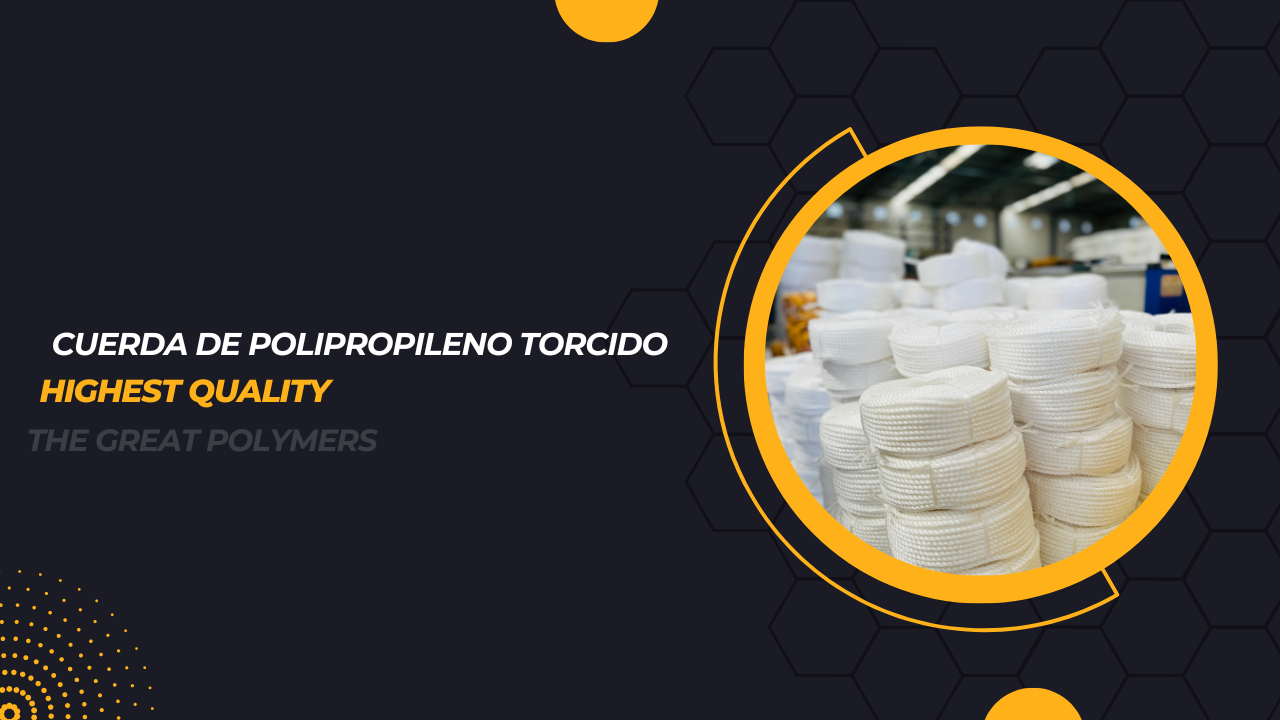
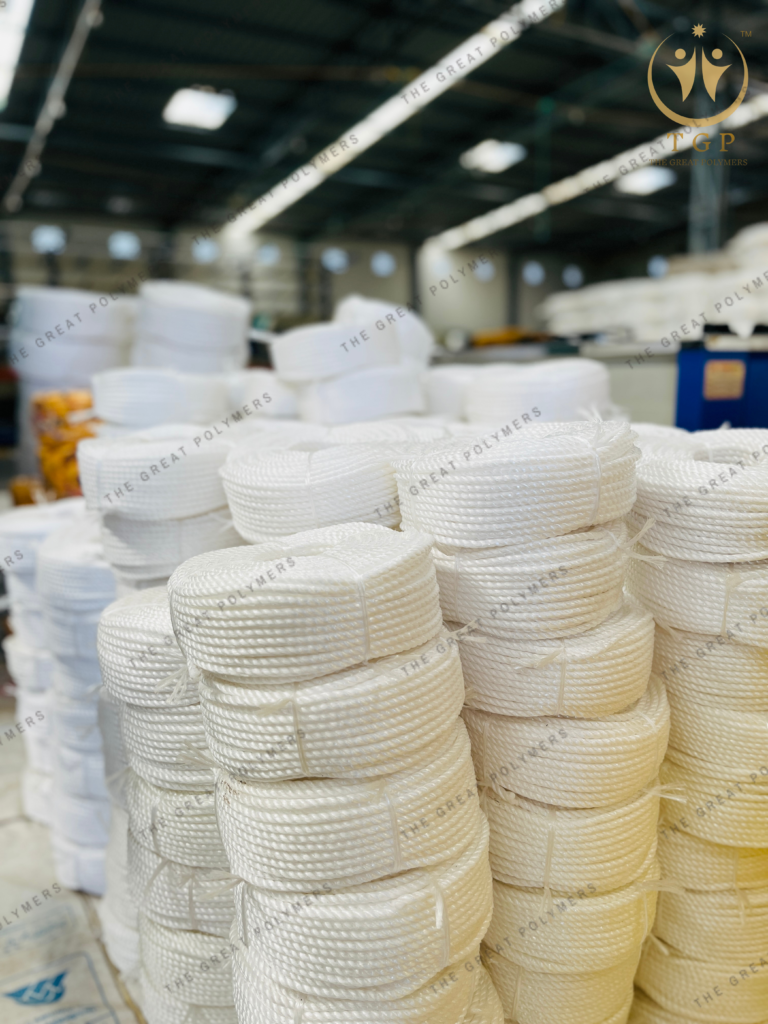



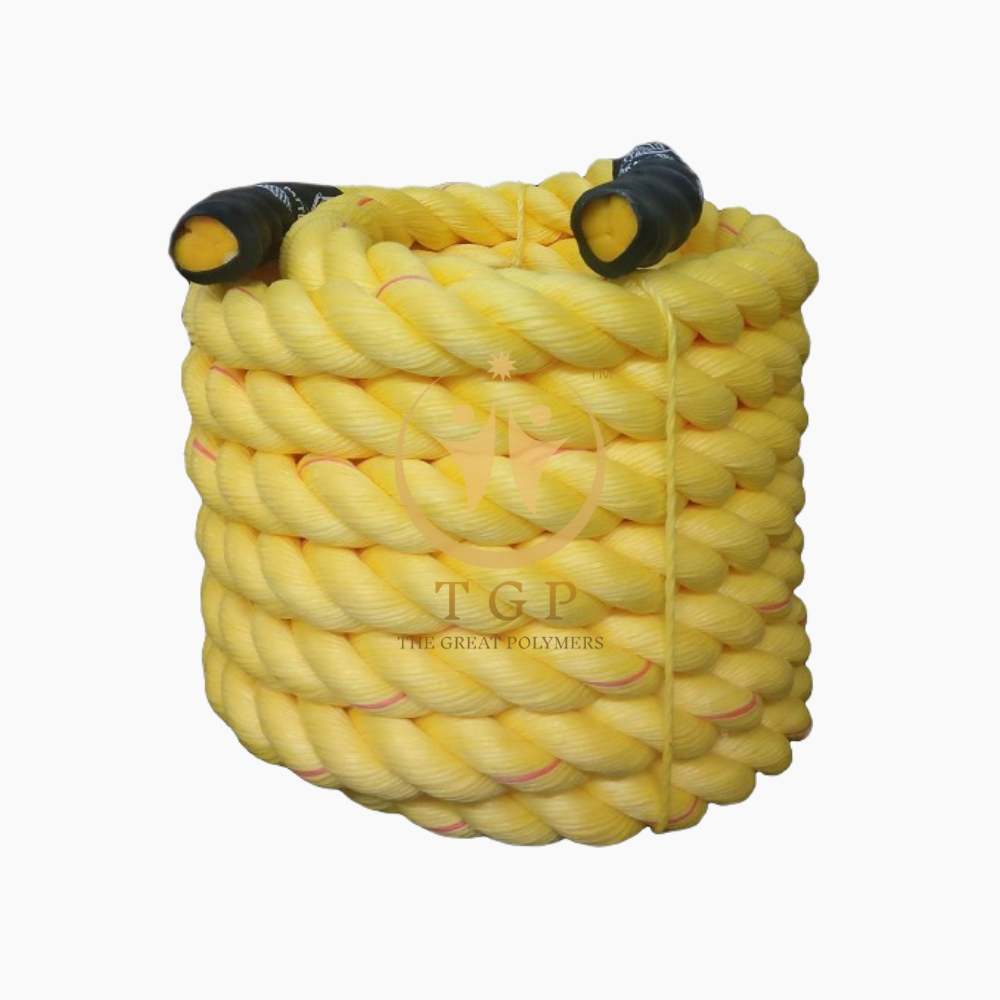
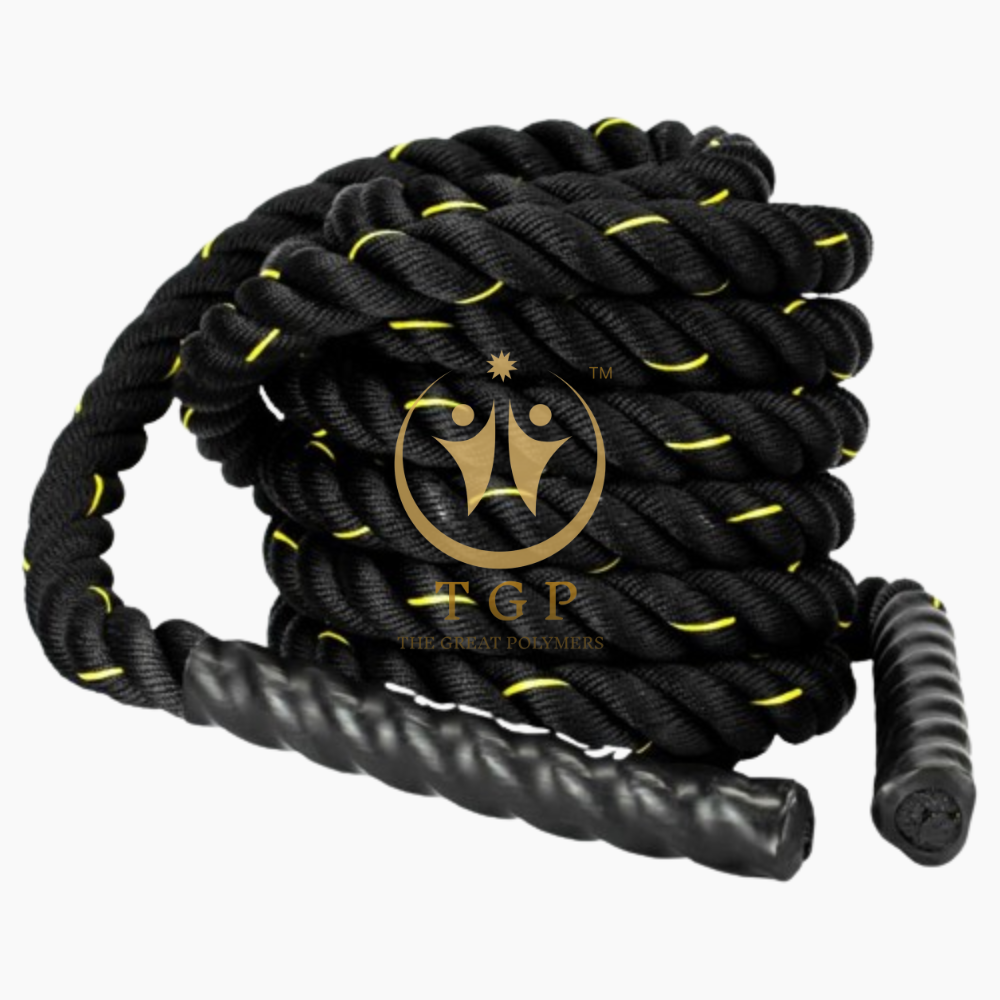
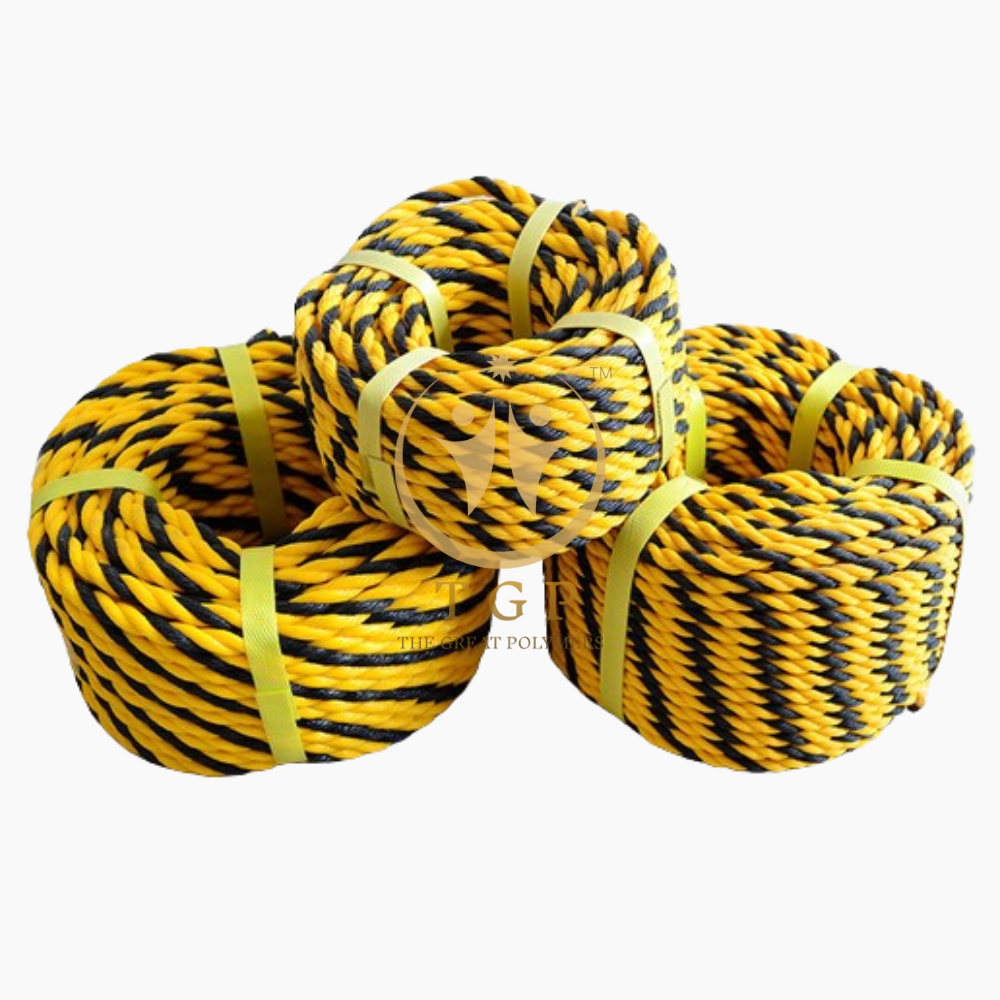

Leave a reply